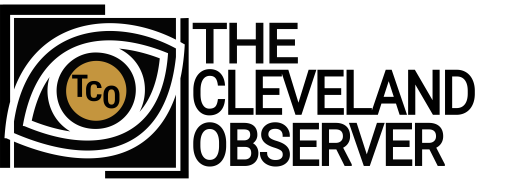By Lily Stuart
Since its release a mere four months ago, ChatGPT, a new and abundantly powerful artificial intelligence (AI) tool, has altered the world as we know it. The program has sent labor markets into a spiral, sparked worry among educators, and is being utilized by dozens of companies. But what is ChatGPT and how is it being used? Here’s what you need to know:
The Name
ChatGPT is in its fourth iteration of the software, dubbed ChatGPT-4. The “Chat” is self-explanatory, but the GPT stands for “generative pre-trained transformer.”
What does it do?

Put simply, the software analyzes vast amounts of information from across the internet and then utilizes this input to generate human-sounding text and answer questions. This means it can write essays, provide answers to questions, or summarize material. ChatGPT-4 also has the ability to analyze pictures through “multimodal technology.”
What are its flaws?
ChatGPT is only as good as the information that it is fed. Therefore, its results are often biased and sometimes flat-out incorrect. It also struggles to stay up to date on current events and their repercussions. That being said, strides with each iteration of the tool have been made to make its data more accurate. ChatGPT-4 is said to be “40% more likely” to produce factual responses than its predecessors.
Teachers and professors largely resent its creation, however. Fears of student plagiarism in the classroom through the utilization of AI programs existed prior to ChatGPT, but are certainly amplified now. Other software is being developed to detect the use of the tool in higher education and high schools alike.
Who is using it?
At the moment, investment companies like Morgan Stanley are using the AI tool to organize wealth management data. Social media companies, like Snapchat, have introduced Chatbot services that allow users to ask prompts ranging from dinner recipes to plans for a weekend trip. In the future, it will likely be added to Microsoft’s search engine, Bing.




